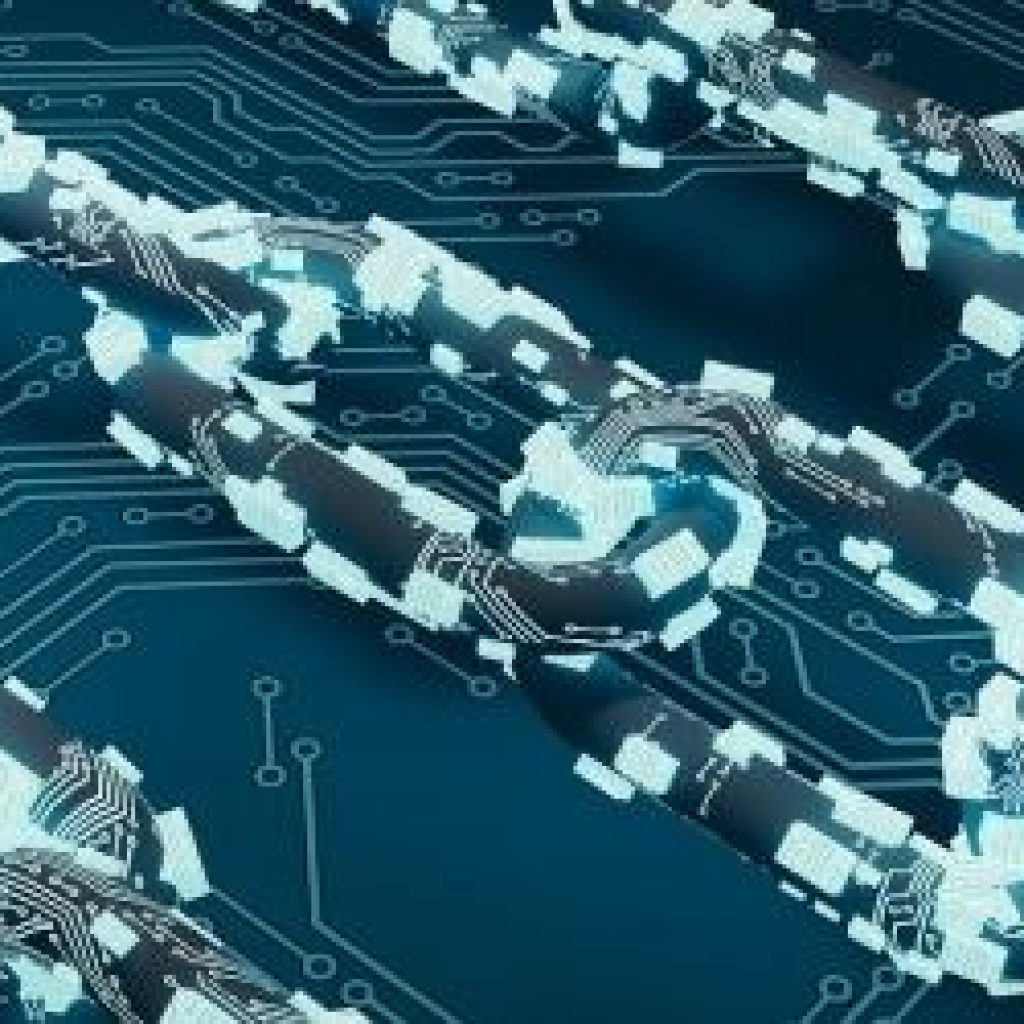(Bitcoin) Influential quantum computers may become a threat to blockchains that depends on ECDSA, which includes Bitcoin and Ethereum. ECDSA has a golden standard in developing solutions under public solutions.
Most blockchains have the sign in for transactions through cryptographic. This a chance to create a random 256-bit private key and deriving public keys that would be handed to any third party. It is rare to get such a private key and would help to generate a public key. The algorithm of quantum computing is employing to unravel that mathematically expressed as a connection made between a public key and private key. That reveals and compromise the private key.
The author has listed two main approaches to biopotential quantum threats. And they are
1) Whether to create a quantum-resistant layer to an existing blockchain strategy to enhance security.
2) To launch a quantum-resistant blockchain from scratch.
A project with the second approach is the Quantum Resistant Ledger, which is governed by the Swiss-based nonprofit QRL foundation. From zero QRL has developed a blockchain protocol. QRL does not allow any threat to enter from quantum computers.
June, the QRL blockchain, who has proof-of-work mainnet were overseen live last year. And this is the first industrial implementation of the extended Merkle Signature Scheme that is XMSS. ECDSA exists for good reasons but the hash-based signature scheme does not. XMSS stood first to propose this. As characterized by the Internet Engineering Task Force that the QRL is being used as an XMSS, last year.
The first practical use of BTC was illustrated using the case of blockchain. This was mostly accepted as cryptocurrency. Bitcoin meanwhile asked for investors that would earn the first competitor amongst the digital currencies to get safeguarded by any potential threats.
Bitcoin uses two security schemes, the hashing function used in the block creation and the ECDSA algorithm used for signatures. The latter is more vulnerable to risks posed by quantum computers, and it might require an additional layer of protection in the future
